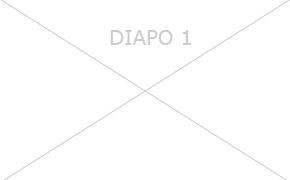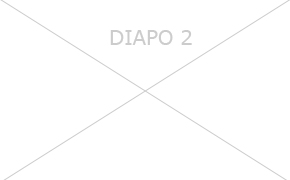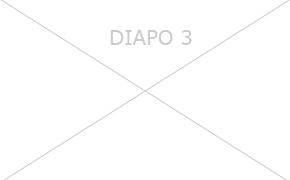General information
Organisation
The French Alternative Energies and Atomic Energy Commission (CEA) is a key player in research, development and innovation in four main areas :
• defence and security,
• nuclear energy (fission and fusion),
• technological research for industry,
• fundamental research in the physical sciences and life sciences.
Drawing on its widely acknowledged expertise, and thanks to its 16000 technicians, engineers, researchers and staff, the CEA actively participates in collaborative projects with a large number of academic and industrial partners.
The CEA is established in ten centers spread throughout France
Reference
2023-25857
Division description
Within the Direction de la Recherche Fondamentale (DRF), the lnstitut de recherche interdisciplinaire de Grenoble (lRlG), created on January 1, 2019, conducts research in biology, health, nanosciences, cryotechnologies and new technologies for energy and the environment. Physicists, chemists, biologists, physicians, computer scientists and mathematicians jointly participate in this fundamental research and the applications that result from it, giving the institute a remarkable capacity to respond to major societal challenges.
Description de l'unité
Within IRIG, the Laboratory of Chemistry and Biology of Metals (Research unit cooperated by Univ Grenoble Alpes, CNRS and CEA) carries out a scientific project at the interface of chemistry and biology, in connection with two major societal transitions: the development of a circular and sustainable economy exploiting renewable energy sources and the development of new technologies for health and medicine of the future.
Within this UMR, the SolHyCat team conducts research for the development of new energy technologies. The themes are oriented towards the exploration of sustainable production routes of non-conventional renewable fuels, in particular by exploiting solar energy. Part of the laboratory's activity concerns the development of bio-inspired catalysts for fuel cells, water electrolysis or CO2 valorisation. Artificial photosynthesis is the second major axis of the laboratory and aims at the direct photo(electro)chemical conversion of solar energy in order to produce fuels or solar chemicals. For this purpose, the laboratory develops hybrid photoelectrode materials combining semiconductor materials and molecular architectures. These two activities are developed in close collaboration with two other departments of IRIG, SyMMES and MEM, in partnership with major industrial actors and often in the framework of European research projects.
Position description
Category
Condensed Matter Physics, chemistry, nanosciences
Contract
Permanent contract
Job title
Junior research scientist in heterogeneous (photo/electro)catalysis H/F
Socio-professional category
Executive
Job description
In the current context of the ecological transition and more particularly of the CEA's transverse program for a circular carbon economy, the SolHyCat team in LCBM must increase its research capabilities towards the development of heterogeneous catalytic systems for the valorisation of CO2, possibly assisted by, or coupled with, photo- and/or electrochemical processes. The applications targeted here include the conversion of CO2 into fuels or commodity chemicals for which breakthroughs are needed in terms of selectivity, stability or performance.
The researcher will propose an innovative project aiming at the development of inorganic materials (metal oxides or sulfides, M-Xenes, Single-Atom-Catalysts...) catalyzing at their surface C-C bond coupling reactions (Fischer-Tropsch type, ethylene or ethanol production) and/or hydrogenation (methanol production...) and will integrate them in porous electrodes or photoelectrodes of photoelectrolysis devices. He/she will be interested in understanding at the molecular level the reaction mechanisms operating at the surface in order to improve selectivity, stability and catalytic performances.
He or she will integrate a team of four researchers and two engineers on whom he or she will be able to rely to collaborate. He or she will participate in setting up and monitoring collaborative projects in response to calls from the European Commission in the area covered by the Sunergy initiative, in partnership with key industrial players in the field of decarbonization (Toyota Motor Europe, Engie, GDRF, etc.), and, more generally, in the CEA's Circular Carbon Economy program, in collaboration with colleagues from other CEA operational departments.
Applicant Profile
792D1451595243FC987604746DF731F6@ts.com
Position location
Site
Grenoble
Job location
France, Auvergne-Rhône-Alpes, Isère (38)
Location
Grenoble
Requester
Position start date
01/01/2024

 Je me crée un espace candidat
Je me crée un espace candidat






